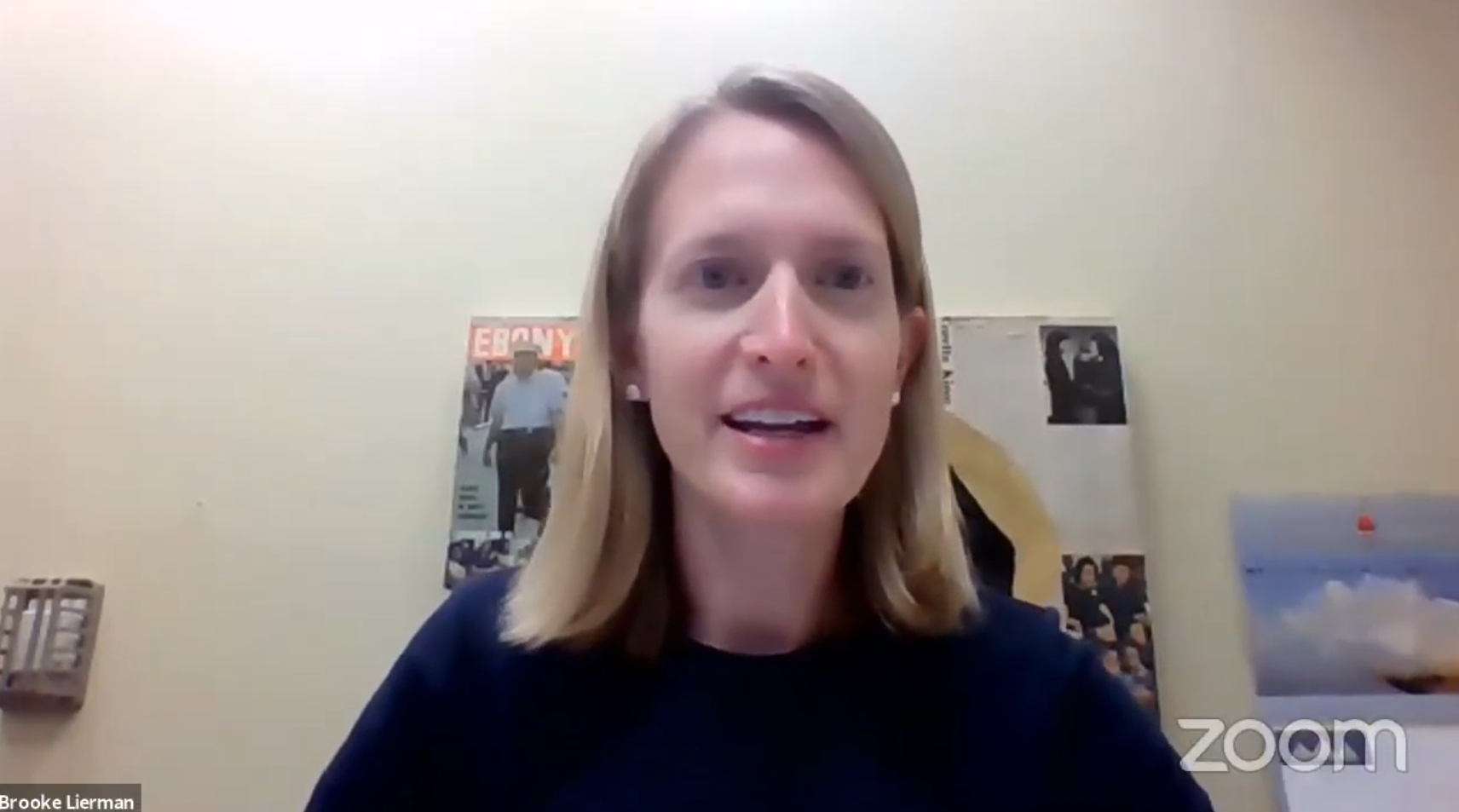The digital divide has become a major talking point since the pandemic forced jobs, schools and doctors’ offices online.
But concerns with the growing divide between those with and without broadband access arose before the pandemic forced millions of Americans to shelter in place.
The Abell Foundation found in a 2020 report that 520,000 households in Maryland did not have access to broadband internet at home.
The Federal Communications Commission defines broadband internet as a service providing a download speed of 25Mbps and an upload speed of 3Mbps.
As jobs and schools were forced online, access to a stable internet connection became even more important to day-to-day life, especially in education.
The Maryland State Education Association reported in July that 82% of their members said access to reliable internet was a problem for students, while 44% of educators themselves had issues.
“If our students don’t have the equipment that they need, then they are living in digital darkness,” said state Senate President Pro Tem Melony Griffith, D-Prince George’s.
The COVID-19 vaccine rollout’s early days were also plagued with difficulty, as myriad websites used to register created frustration.
To combat the growing digital divide, lawmakers in Annapolis passed SB66/HB97, also known as the Digital Connectivity Act.
The legislation’s aim, according to the bill’s summary is to ensure: “every resident of the State is supported by high-quality broadband Internet service at an affordable price and has the tools necessary to use and take advantage of the Internet.”
“Clearly there were divides in access to high-speed internet before the pandemic.” Del. Brooke Lierman, D-Baltimore, who sponsored the house bill, said.
Lierman acknowledged that the digital divide was not a new problem, but an issue made worse by a pandemic that made Marylanders more dependent on high-speed internet access.
“Whether that’s the ability to work from home, visiting the doctor through a zoom appointment rather than in person…the pandemic has really exposed the preexisting digital divide.”
The bill, signed into law on Apr. 13, expanded the current Office of Rural Broadband established by Gov. Larry Hogan, R, by executive order in 2017 into a statewide organization.
The Office of Rural Broadband, now known as the Office of Statewide Broadband, will oversee efforts to expand infrastructure and close the digital literacy gap statewide.
Before its elevation to a statewide office, the Office of Rural Broadband had already made strides to increase broadband access in the state’s 18 rural counties.
In 2020, the office funded 21 projects, including a $5.8 million effort to construct new infrastructure in Charles County.
The expansion constructed by ThinkBig Networks LLC, a regional ISP serving Charles, Kent, and Queen Anne’s counties, will bring internet speeds of up to a gigabit per second to some 1,408 homes and 76 businesses.
Kenrick Gordon, the director of the Office of State Broadband, acknowledged that physical infrastructure was only part of the problem.
A digital literacy program aimed at educating Marylanders on the resources available to them is also in the planning stages.
The office has also established a speed test website to gather more accurate information about speed and accessibility to broadband internet across the state (https://maryland.speedsurvey.org/)
“Those who have never had broadband access need to understand the services and resources that will be available to them and make informed decisions when they can access broadband,” Gordon said.
SB66/HB97 passed both chambers with great bipartisan support in both the House of Delegates and the Senate.
The bill was amended to establish a mandate to expand broadband access to 98% of Marylanders by Dec. 31, 2025, as well as establishing two funds to enhance broadband access.
The Digital Inclusion fund establishes grants of up to $500,000 to nonprofits and local governments working to expand training education on broadband tools.
A Digital Connectivity fund was also established to provide grants for communities working to expand access to disconnected communities.
The creation of the Office of Statewide Broadband comes one month after Hogan announced how the $3.9 billion in American Rescue Plan would be used.
Some $300 million was dedicated to broadband infrastructure, with the largest amount doled out to dealing with physical infrastructure, and the rest going to device subsidies and municipal grants.
The funds will help the Office of Statewide Broadband deal with both issues of affordability and broadband infrastructure, Gordon said.
Sen. Jim Rosapepe, D-Prince George’s and Anne Arundel, said that federal money both provided in the American Rescue Plan and proposed in future federal legislation would help establish broadband as a more “ubiquitous” service.

